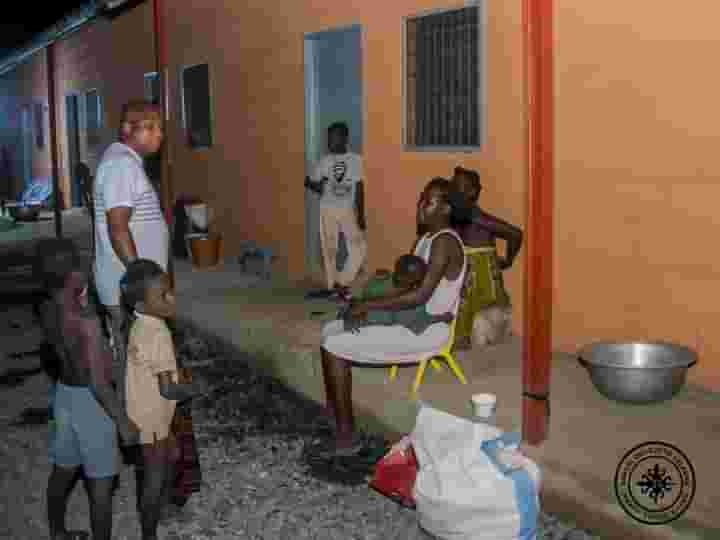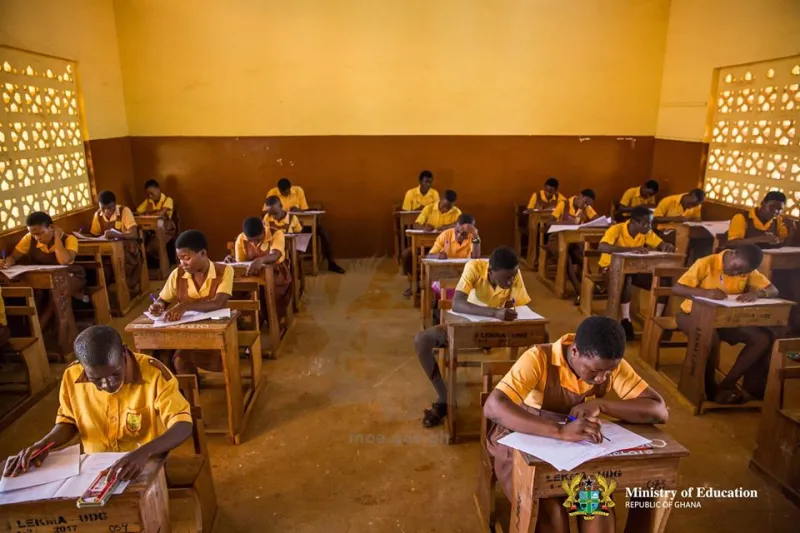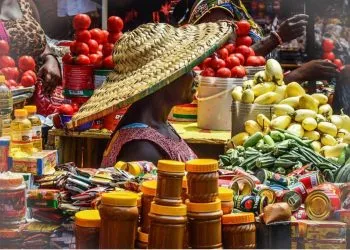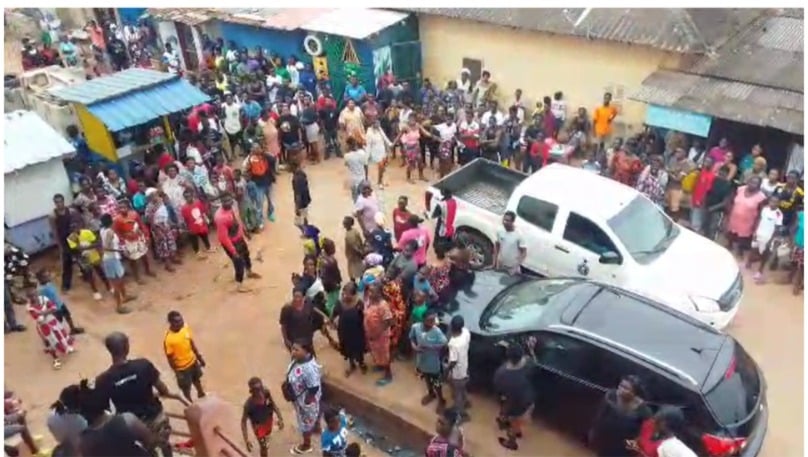
Every year, when Burkina Faso opens the Bagre Dam, communities in Northern Ghana brace for the worst. Homes are submerged, farms destroyed, and lives disrupted. The dam spillage has become synonymous with disaster. But what if Ghana chose to see it differently — not merely as a threat, but as an opportunity to feed the nation?
The truth is simple: while floodwaters wreak havoc, they also leave behind fertile soils and abundant water bodies. Instead of watching this annual cycle drain away, we can capture and use it to secure food for millions.
Imagine this: reservoirs built downstream to store spillage, farmers irrigating rice and vegetables even in the dry season, fish farms thriving in flood-created ponds, and agro-processing factories in Tamale and Bolgatanga turning harvests into value-added products. This isn’t wishful thinking — it’s a practical roadmap.
Step one (1–3 years): build small reservoirs, train farmers in irrigation, and set up a real-time early warning system with Burkina Faso.
Step two (3–5 years): expand irrigation schemes, roll out flood-resistant crop varieties, and create cooperatives for fisheries and agribusiness.
Step three (5–10 years):scale up with public-private partnerships, build export-ready agro-industrial hubs in the north, and finally transform the White Volta Basin into Ghana’s green belt.
Food insecurity in the Northern Region is not inevitable. It is a policy choice that can be overturned with vision, planning, and bold leadership. The Bagre Dam spillage must no longer be seen only as a tragedy. With the right investments, it can become one of Ghana’s greatest assets — turning floods into food, disaster into development.
The writer is Certified Innovation Management Consultant and Certified Risk Management Specialist
BY SOLOMON ADDAI
The post Turning floods into food: Rethinking Bagre Dam spillage in Northern Ghana appeared first on Ghanaian Times.
Read Full Story


















Facebook
Twitter
Pinterest
Instagram
Google+
YouTube
LinkedIn
RSS